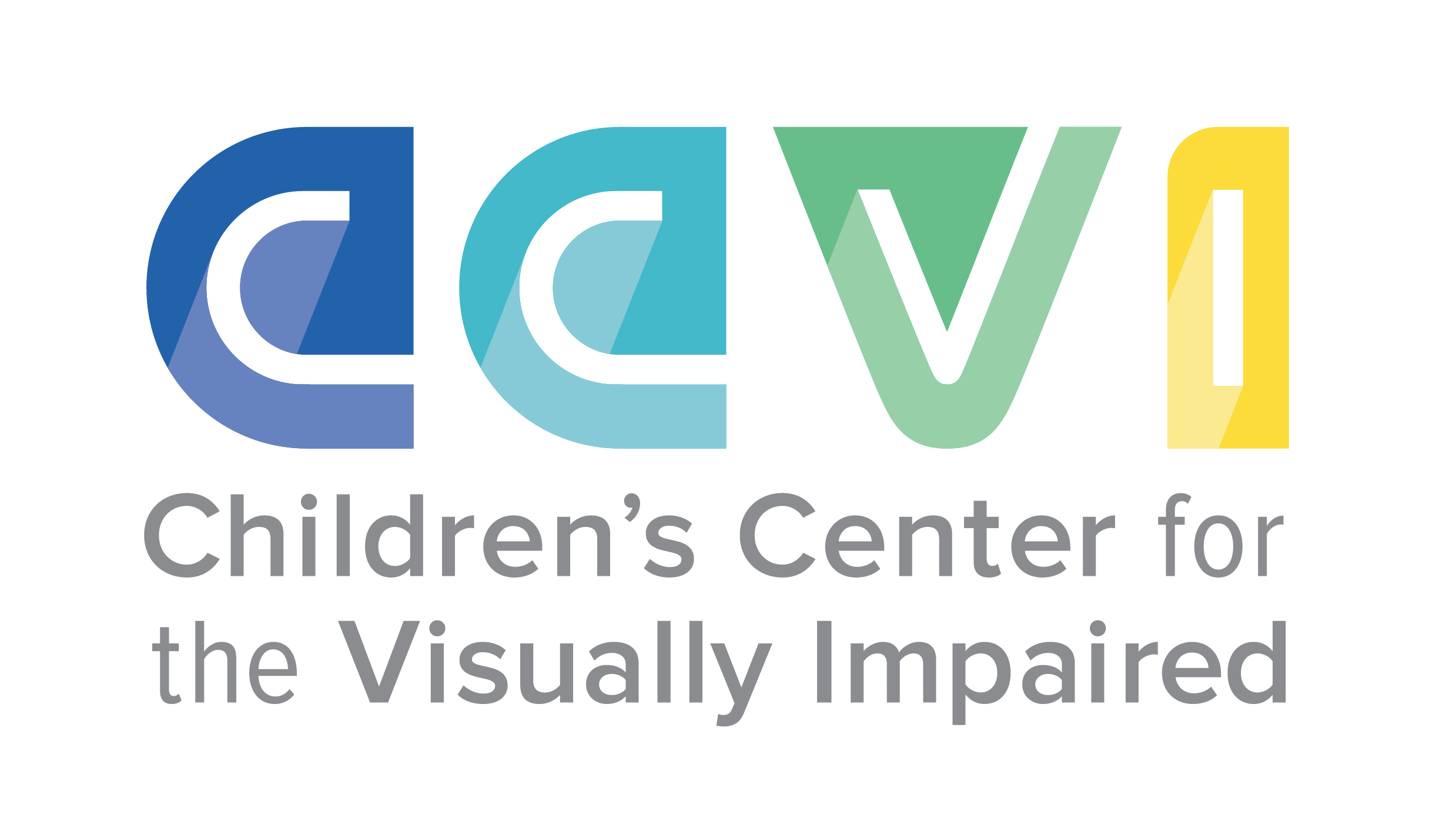What is White Cane Safety Day
White Cane Safety Day, which happens on October 15th every year, is all about celebrating something that one CCVI parent is calling their child’s ‘superpower’ to navigate her world, the long white cane.
The federally recognized holiday promotes equality and equity for individuals who are blind or visually impaired and encourages community members to be diligent, aware, and supportive of disabilities in their day to day life.
“White Cane Safety Day is an opportunity for the community to both recognize and celebrate the achievements of the population with visual impairments,” says Hannah Beresford, a Certified Orientation and Mobility Specialist for CCVI. “The long white cane is not only a symbol for visual impairment, it is a symbol for resilience, independence, and safe travel skills.”
Here are three reasons why White Cane Safety Day is recognized by CCVI:
1. Empowering Safety
Using a long white cane empowers our students to tactually detect truncated domes when approaching a street, safely navigate up and down stairs, differentiate between surfaces, locate entryways, and so much more.
On White Cane Safety Day, we celebrate this cane because it keeps our friends safe as they explore their world. By being aware of our surroundings, especially near crosswalks, we can ensure all individuals can cross the road safely.
2. Independence and Adventure
Exploration is something that all children deserve to do safely, regardless of their vision abilities. Play and adventure contribute to the foundation of learning that kids will carry with them for the rest of their educational career.
White Cane Safety Day reminds us how important it is for everyone to have the chance to be independent and explore their surroundings.
3. Understanding and Kindness
White Cane Safety Day helps us learn about our friends who are blind or visually impaired. By understanding their white canes and how they use them, we can be kinder and more supportive community members.
Remember, it’s okay to ask questions and learn from each other.
“When you encounter a traveler with a long white cane in the community, the connotation should be positive. There are a whole myriad of long white cane skills to be taught including diagonal cane technique, two point touch, constant contact, and search techniques just to name a few. That traveler has received training from a Certified Orientation and Mobility Specialist to travel and navigate safely and independently.”
